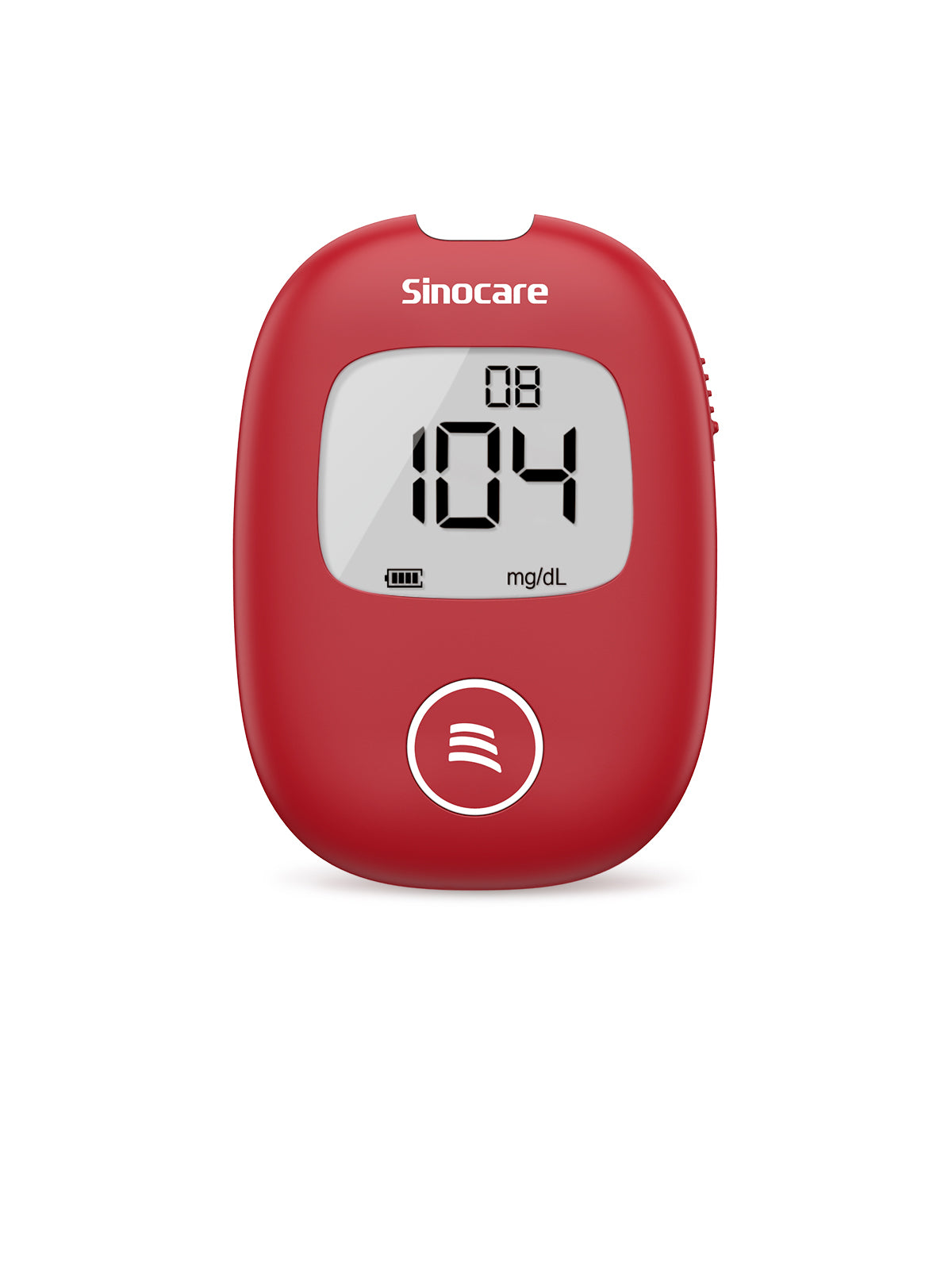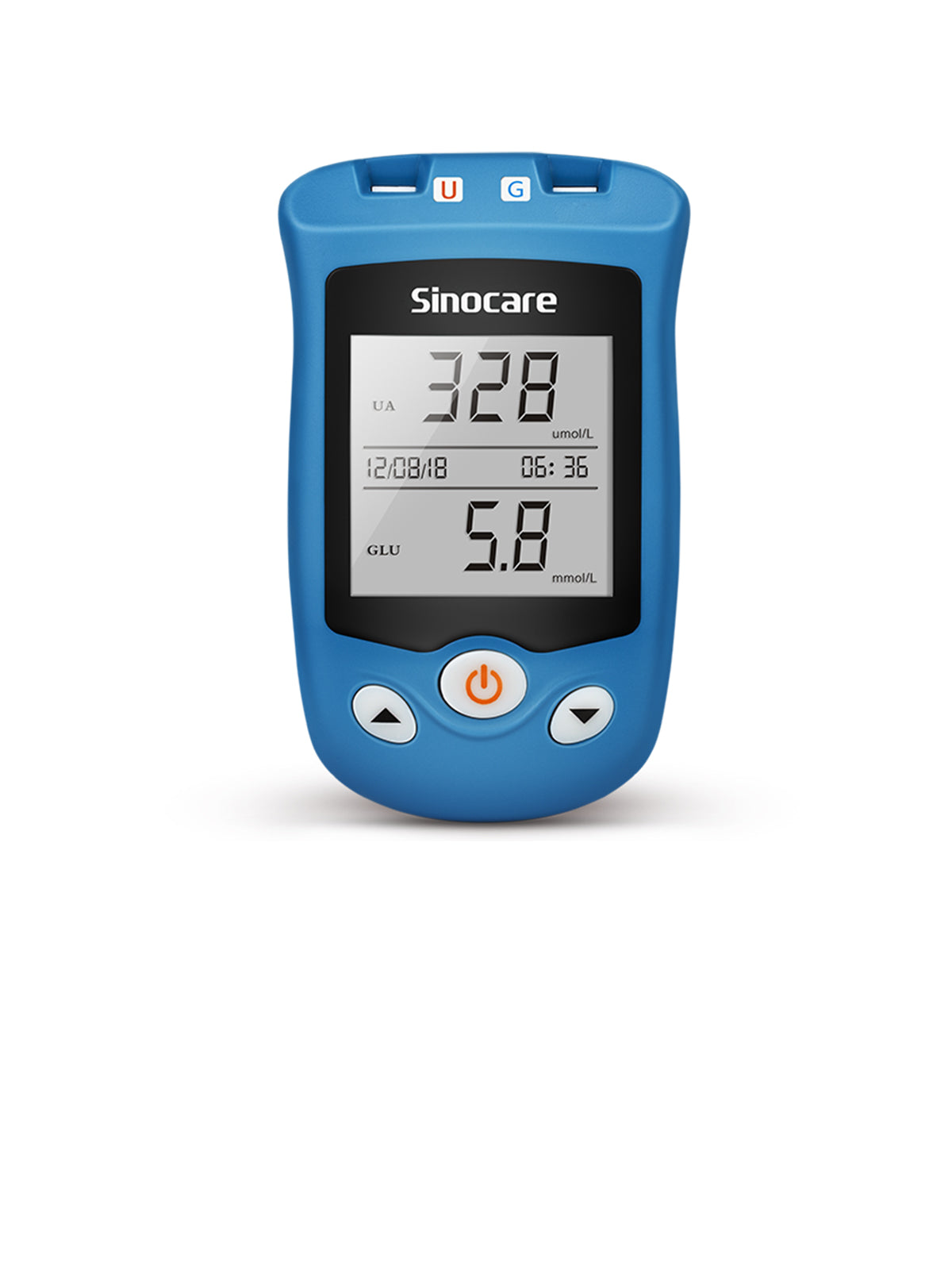Candied grapes are a food present in various parts of the world, and especially during the Christmas holidays they are very popular with people. The external coloring of candied grapes is usually translucent due to sugar, while the internal coloring depends on the type of grape used, and is available on the market all year round due to the candying process and its long shelf life.
Nutrition Value of Candied Grapes
A 100-gram serving of candied grapes is on average made up of about 320 calories, less than 0.5 grams of protein, 80 grams of carbohydrates, over 80 grams of sugar, and less than 2 grams of fiber. In addition, this food is not a significant source of vitamins, nor is it a source of substances beneficial to the body. Therefore, candied grapes are only a rich source of sugars and a source of harmful glycemic peaks for the body. [1][2]
Calories and GI in Candied Grapes
A portion of candied grapes has on average about 300 calories, therefore it is excessively caloric. In addition, due to its sweet and attractive taste, its glycemic index is considered high, with an estimated value greater than 70, and therefore can cause harmful glycemic spikes in people with diabetes. For this reason, candied grapes are not a good choice for people with diabetes, as they negatively increase blood sugar levels, and do not provide numerous nutrients and fiber, which are beneficial substances for the body. In addition, candied grapes are not a significant source of antioxidant substances, and are not able to strengthen the immune system, but only cause problems.[3]
Benefits & Risks of Eating Candied Grapes with Diabetes
As seen above, taking candied grapes does not bring numerous benefits to the body, but only a high intake of sugars and empty calories. In addition, due to the decidedly high glycemic index, the intake of candied grapes causes harmful glycemic peaks, and therefore is absolutely not compatible with the diet of a person with diabetes, even if consumed in moderation. On the contrary, candied grapes are harmful to people with diabetes, as they negatively increase blood sugar levels, and do not provide numerous nutrients and fibers, which are beneficial substances for the body. In addition, candied grapes are not rich in antioxidant and anti-inflammatory compounds, but mainly in added sugars to candy grapes. Therefore, the main components present are Sucrose (refined sugar that has a negative impact on blood sugar and only provides empty calories) and High Fructose Corn Syrup, which is another type of refined sugar that can contribute to insulin resistance and other metabolic problems in the body. In addition, there are often chemicals added during the candying process, which can be harmful to long-term health and provide no nutritional benefit.[4]
How Much Candied Grapes Can I Eat with Diabetes?
A small serving of candied grapes of about 30 grams can have about 100 calories on average. Therefore, even if taken in small quantities, candied grapes are excessively caloric; Therefore, it is impossible to determine how much candied grapes to eat in a diet for a person with diabetes. Therefore, it is strongly discouraged to consume candied grapes, as even a small portion will inevitably cause harmful glycemic peaks and metabolic problems. In fact, candied grapes contain mainly refined sugars, sucrose and high-fructose corn syrup, and these quickly raise blood sugar levels do not provide nutritional benefits, and can cause serious problems, especially in people with diabetes.
Fruit Alternatives for Diabetes
Candied grapes turn out to be a very bad fruit for a person with diabetes, as they cause harmful glycemic spikes, are not rich in fiber, are not rich in vitamins and have no antioxidants. Therefore, it is absolutely not comparable to natural grapes for health benefits, which is a better choice since it is a fresh fruit. If you are looking for a fruit with a sweet taste, instead of candied grapes it is preferable to consider tropical fruits such as papaya, kiwi, bananas, pineapple, lychee, coconut, and mango, as these fruits, although to be consumed in moderation, still have nutritional benefits, unlike candied grapes which are mainly sugar.
How to eat Candied Grapes with diabetes?
Candied grapes cannot be consumed without special precautions, on the contrary, it require the utmost attention and caution, and in general it is not recommended to exceed the quantities even for people in full health, because even small portions can be harmful. Therefore, for people with diabetes, there is no safe way to consume candied grapes, as the sugars present always cause harmful glycemic spikes; for these reasons, candied grapes are absolutely not a smart choice, neither in small nor large quantities.
Final Thoughts
Candied grapes are not a food absolutely compatible with the diet of a person with diabetes, but indeed it is an absolutely not recommended food. As with all foods rich in sugars, it is always necessary to pay attention to the quantities consumed, so as far as candied grapes are concerned, it is always recommended to avoid consuming them, even in small quantities. The high sugar content can cause harmful glycemic spikes, so it is absolutely not recommended for people with diabetes or for all people in general.
Resources
[1]https://fdc.nal.usda.gov/food-details/167781/nutrients
[2]https://www.nutritionix.com/food/candied-grapes
[3]https://glycemic-index.net/candied-fruit/
[4]Collier , S. (n.d.). Candy Grapes. Aspicyperspective. https://www.aspicyperspective.com/candy-grapes/










Leave a comment
All comments are moderated before being published.
This site is protected by hCaptcha and the hCaptcha Privacy Policy and Terms of Service apply.